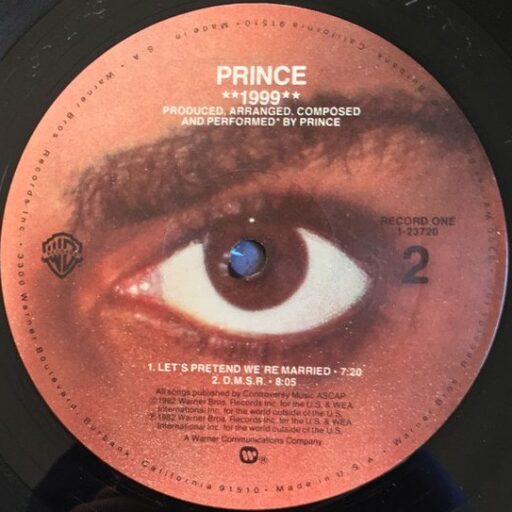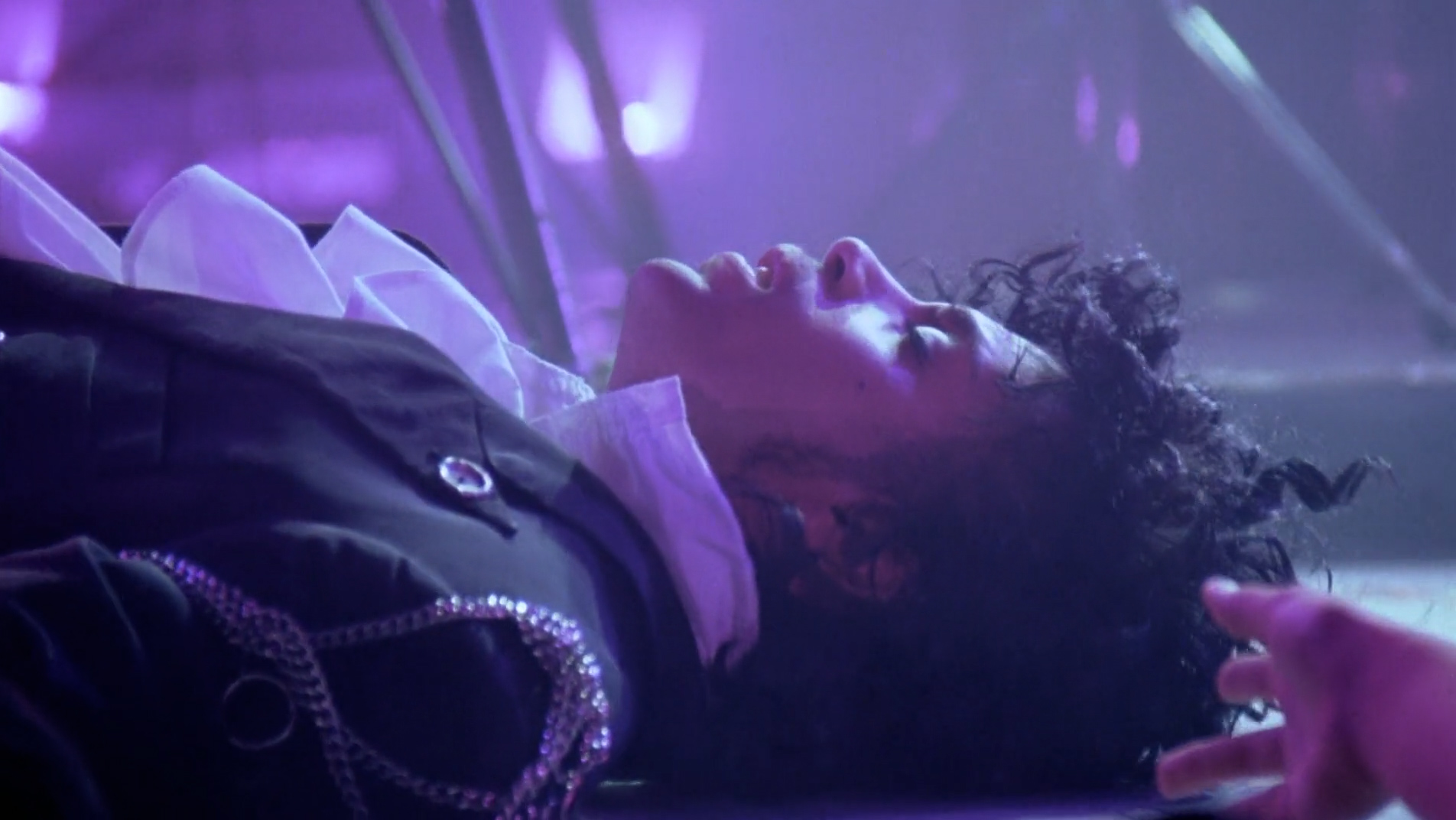Tag: beautiful ones
-
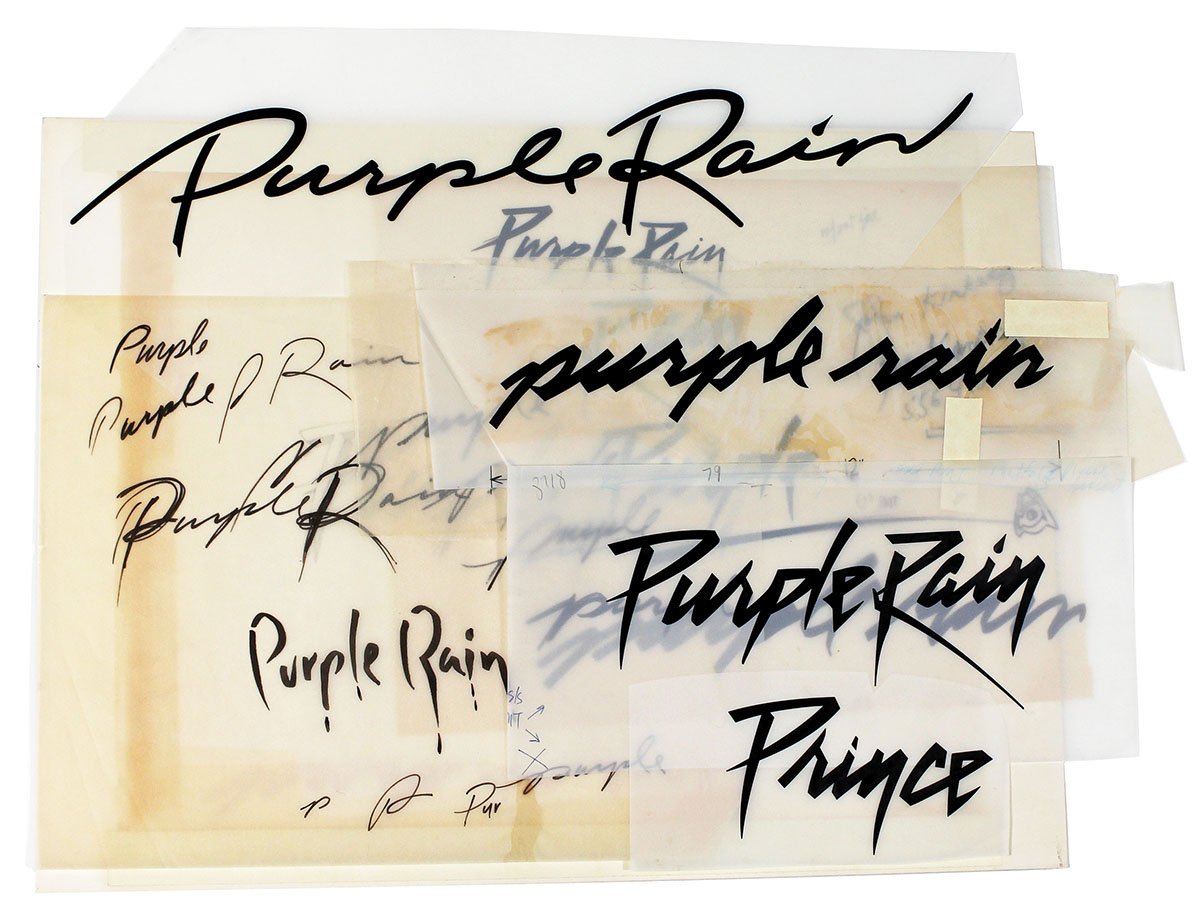
Roundup: Purple Rain, 1984
This past Saturday–the 40th anniversary of the film’s theatrical release–I watched Purple Rain for the first time in about two years.
-
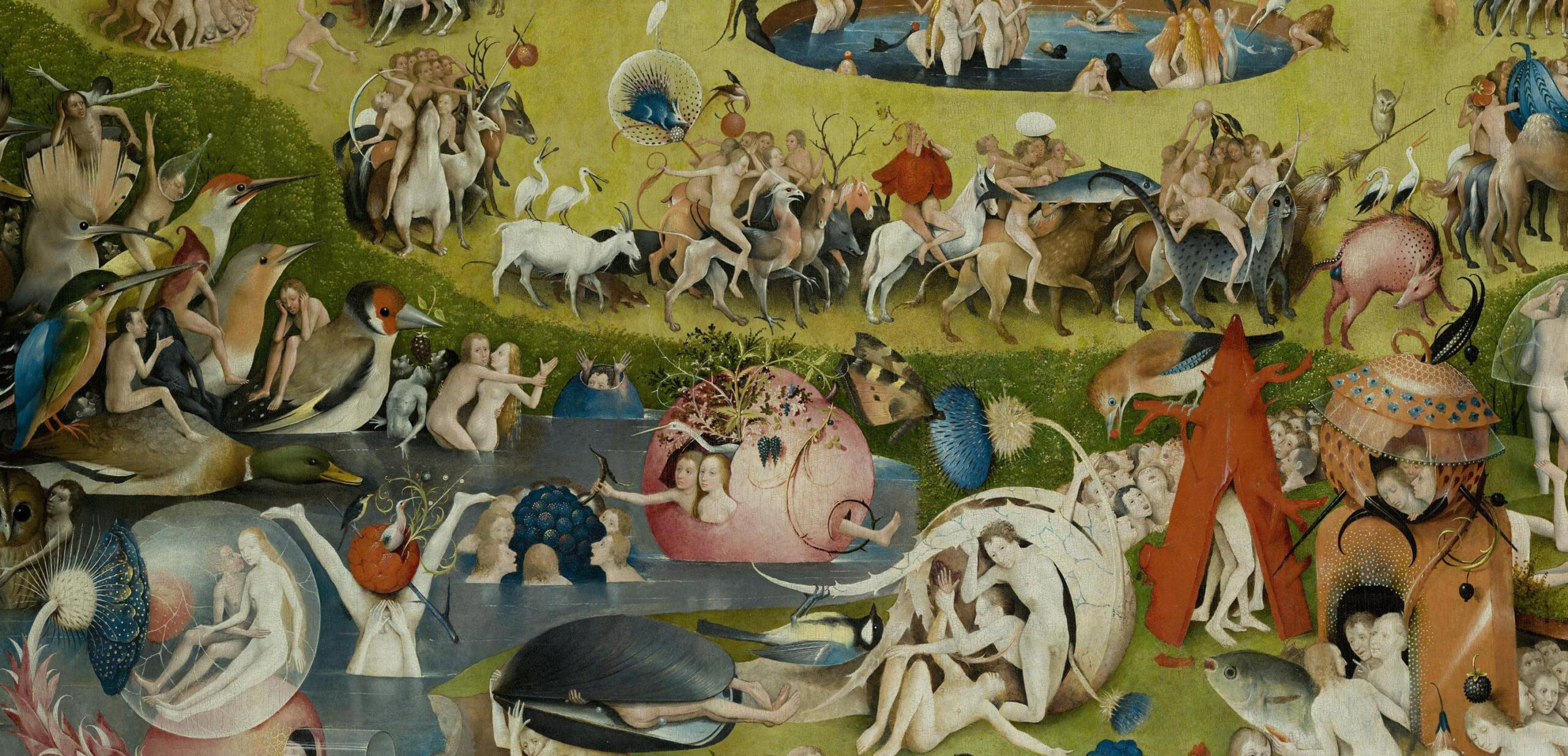
Love and Sex (1984)
When Prince mentions “the upper room,” he seems to be literally referencing Heaven; and when he sings, “Will He let you hurt me in the upper room?”, he’s asking if God will allow him to fuck there.
-
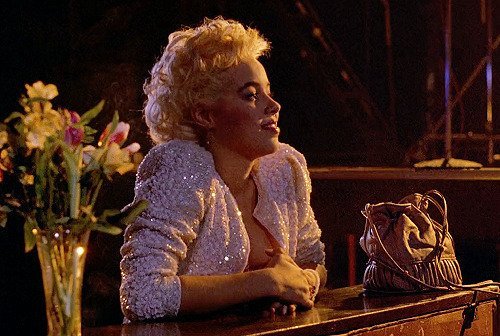
Wednesday
“Wednesday” is over so quickly that it may take a few listens for the grim desperation of its lyrics to register.
-
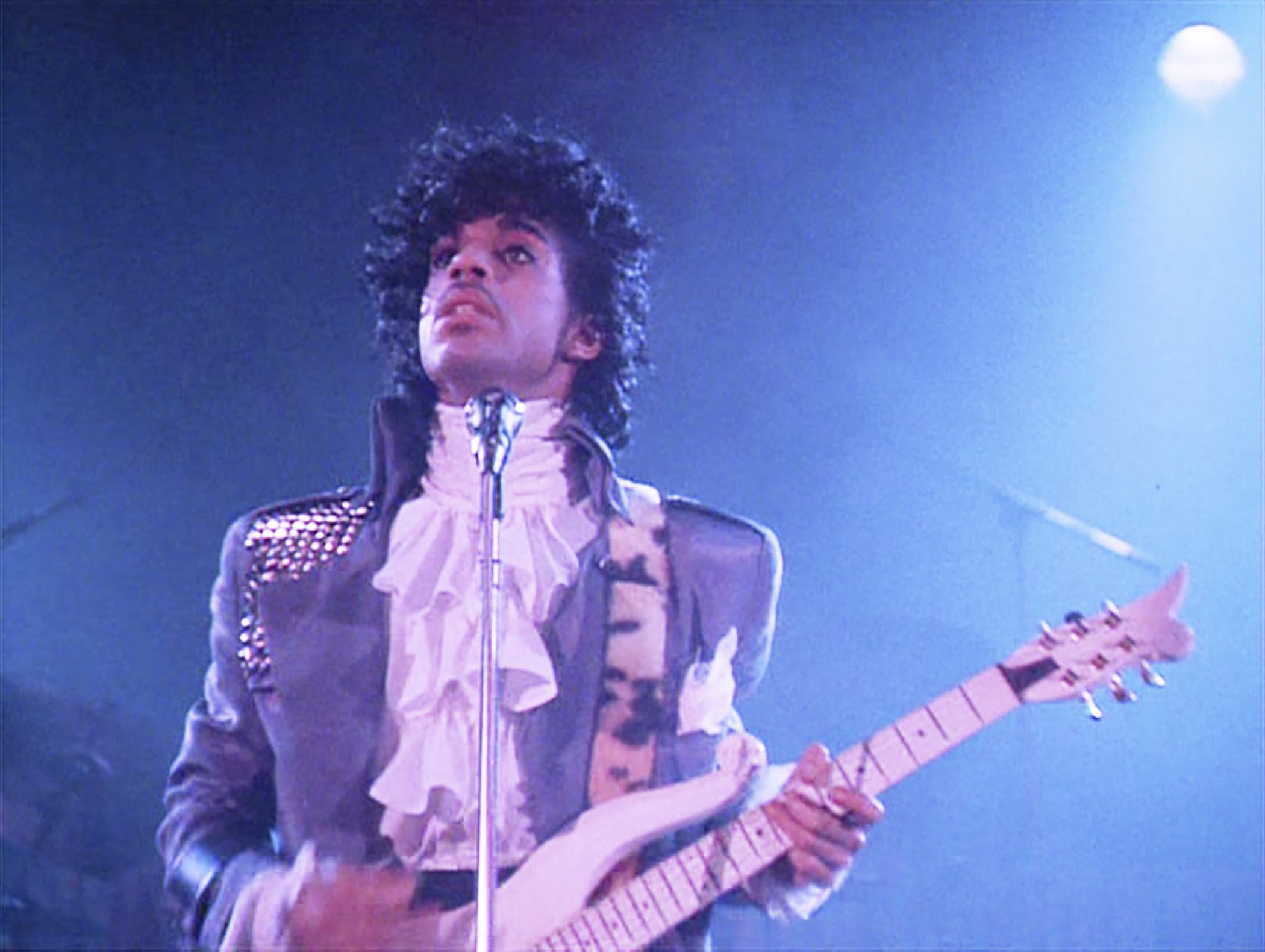
Purple Rain (Verse 3)
It’s Prince’s contribution to the Great American Songbook, a modern-day standard that transcends (almost) all categories of generation, genre, and taste.
-
Chili Sauce
Whatever “Chili Sauce” might say about Prince’s instincts as an editor (let alone his questionable accent choices), his work ethic remained beyond reproach.
